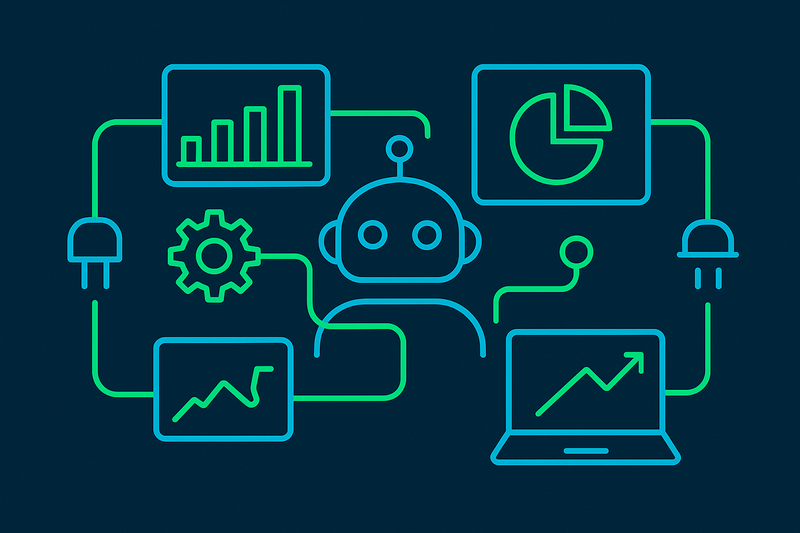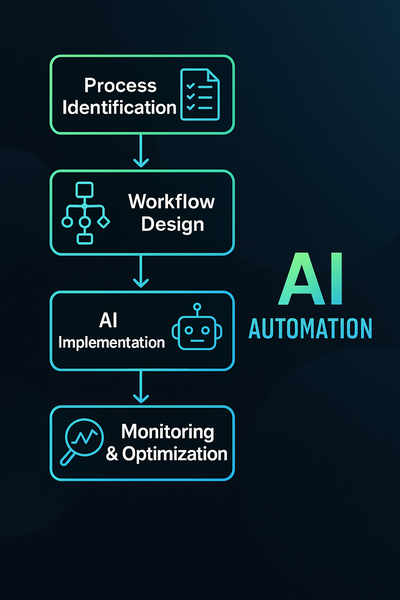Automated Workflows That Improve Team Productivity

Communication breakdowns, missed hand‑offs and duplicated efforts are productivity killers. When teams rely on manual processes to coordinate projects, tasks slip through the cracks and progress slows. Modern work requires seamlessly connected tools and workflows that keep everyone on the same page.
Automated workflows act as the glue between your applications and people. Imagine new leads captured on your website automatically creating CRM records, sending a notification to your sales channel in Slack and scheduling a follow‑up email sequence—all without human intervention. Or consider an onboarding checklist that triggers tasks for different departments as soon as a customer signs up. These automations ensure nothing is forgotten and give teams the context they need at the right time.
Productivity gains compound when workflows extend across departments. Marketing can hand qualified leads to sales, sales can pass deals to fulfilment and customer success can be alerted to upsell opportunities, all orchestrated by automation. Building a culture that embraces these tools means your staff spends less time chasing information and more time delivering value.
Not sure where to start with workflow automation? Our specialists can map your processes and recommend the best tools for your stack. Book a strategy session to build workflows that supercharge your team’s productivity.
Automation Steps & Logic
Below is a high-level overview of the steps involved in automating this process:
- Identify the Process: Map out the exact workflow that needs automation, including inputs, outputs and decision points.
- Select the Right Tools & Platforms: Choose AI agents, RPA bots or integration tools based on complexity and scalability needs.
- Design & Prototype: Build a proof of concept or prototype to validate the logic and gather stakeholder feedback.
- Implement & Integrate: Deploy the solution and integrate with existing systems, ensuring data flows seamlessly between components.
- Monitor & Optimise: Continuously track performance, gather insights and iterate on the automation to improve efficiency.
Recommended Bots & Agents
Here are examples of intelligent agents that can assist with this use case:
- Conversational AI Bots: Handle customer queries, onboarding or support through chat or voice interfaces.
- RPA Bots: Automate rule-based, repetitive tasks such as data entry, invoicing and report generation.
- Data Extraction Bots: Collect and cleanse information from documents, emails or web pages for downstream processing.
- Scheduling & Coordination Agents: Automate meeting bookings, reminders and coordination across teams.
- Integration Agents: Seamlessly connect your CRM, ERP, marketing and communication tools through APIs.
